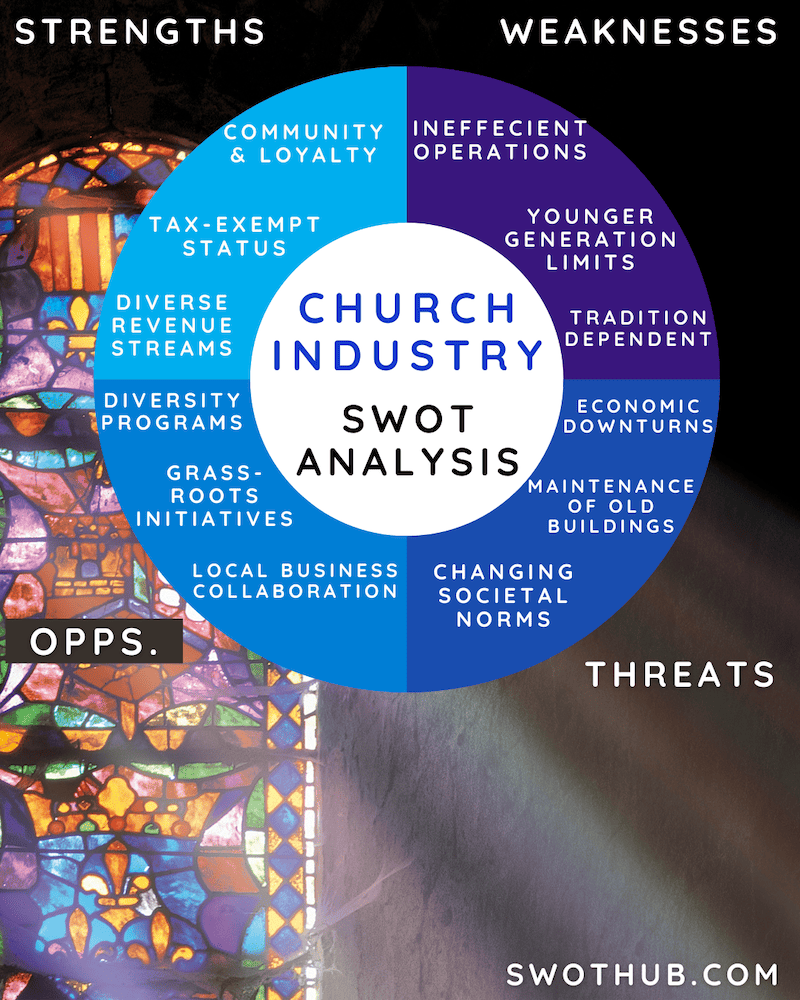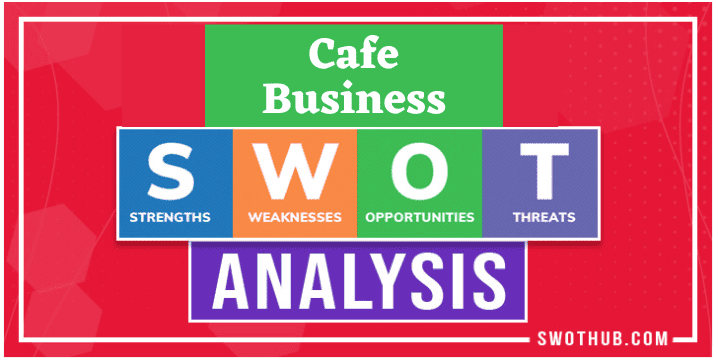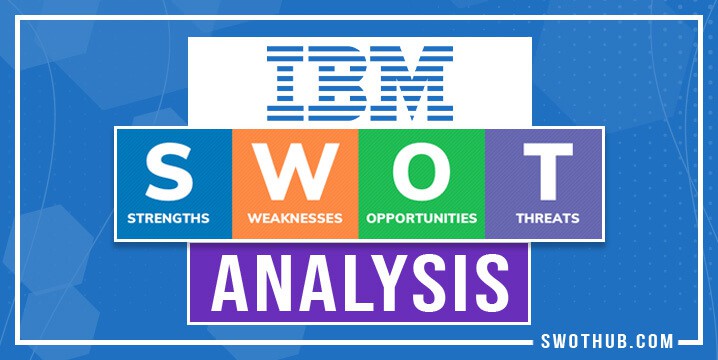For centuries, the church and faith have fostered not only growth but also community gathering, education, and even trade. While the primary goal of these institutions is spiritual upliftment, viewing them from a business perspective is intriguing. Churches, like other businesses, face obstacles, competitors, and opportunities. A church SWOT analysis provides a more in-depth understanding of their position in a modern context.
Table of Contents
Church History
In a church SWOT analysis, the millennia-old faith industry is often associated with the church. Traditional churches were spiritual centers and economic and socio-political hubs. The church industry had economic impacts, from medieval Europe’s vast Catholic Church landholdings to grand cathedrals funded by tithes and donations. Throughout history, monasteries produced wine and illuminated manuscripts for sale. Nowadays, churches, especially mega-churches, manage book sales and broadcasting rights like large corporations. This evolution of the faith industry from humble spiritual gatherings to economic powerhouses shows its adaptability and profound role in spirituality, commerce, and community life.
Church SWOT Analysis
A SWOT analysis, which stands for strengths, weaknesses, opportunities, and threats, is a strategic planning tool. Businesses and professionals can identify potential areas for growth, pinpoint vulnerabilities, and devise strategies to optimize their offerings by comparing industries using a SWOT analysis. Church leaders, faith-based organizations, and even business professionals looking to collaborate with these institutions benefit the most from a church SWOT analysis.
Church SWOT Analysis Strengths
Strengths of the Church Industry: Understanding the inherent strengths of the church industry can help churches leverage these aspects for growth and community engagement.
Community and Loyalty: Churches have long been the heart of communities, fostering a profound sense of belonging and purpose. This community-driven nature leads to unparalleled loyalty. For example, many churches have congregation members who’ve been attending for generations, underscoring the deep-rooted ties people have with their local places of worship.
Tax-exempt Status: The tax benefits many churches enjoy play a crucial role in their financial health. By being tax-exempt, churches can allocate more funds toward community projects, outreach initiatives, or infrastructural development. This advantage also means they can offer more competitive prices for events or facilities they might rent out.
Diverse Revenue Streams: Unlike many businesses that rely on a primary income source, churches have various revenue avenues. From tithes to donations, hosting events, or renting out spaces for community activities, churches can tap into different financial resources. Take, for instance, a church hosting a popular annual fair, which becomes a significant revenue source while promoting community interaction.
Historical and Cultural Significance: Many churches aren’t just places of worship but are historical landmarks in their own right. Their rich heritage attracts a broader audience, including tourists, history buffs, and culture enthusiasts. A Gothic cathedral or a centuries-old parish can be a prime attraction in a city, drawing thousands yearly.

Church SWOT Analysis Weaknesses:
Weaknesses of the Church Industry: Determining the weaknesses in the church industry allows for proactive measures, ensuring longevity and relevance in changing times.
Perception of Irrelevance: With the onset of the digital age and changing societal values, some churches are perceived as outdated or out of touch. To stay relevant, churches must continually evolve. For instance, a church sticking only to traditional hymns might alienate younger members who resonate with contemporary worship music.
Operational Inefficiencies: Unlike businesses with set operational models, churches might face inefficiencies in management or resource allocation. A church might invest heavily in outreach programs but neglect its digital presence, missing out on a massive online audience.
Limited Outreach to Younger Generations: The digital era requires a robust online footprint. Some churches lag in adopting modern communication tools, leading to decreased engagement from the younger demographic. A church without a functional website or social media presence can appear inaccessible to tech-savvy youth.
Over-reliance on traditional revenue: As societal dynamics shift, traditional revenue sources, such as tithes, might not be as stable. Churches that haven’t diversified their income might struggle. Consider a church in a rapidly urbanizing area where older members move away, leading to decreased tithes.
Opportunities of the Church Industry
Opportunities for the Church Industry: Recognizing opportunities can guide churches in charting a path forward, ensuring they remain pivotal in their communities.
Digital Outreach: The online world offers untapped potential. Churches embracing digital platforms can reach a global audience, transcending physical boundaries. A church livestreaming its services can engage members traveling or living abroad, fostering a more inclusive community feel.
Collaboration with Local Businesses: Partnerships can be mutually beneficial. Churches can collaborate with local enterprises for events, sponsorships, or initiatives. A coffee shop inside a church, for instance, can become a community hub, promoting interaction while generating revenue.
Diverse Programs for Different Age Groups: Tailoring programs to various demographics can enhance church attendance and engagement. By introducing youth camps, senior activities, or young adult retreats, churches can cater to the unique needs of each age group.
Eco-friendly Initiatives: With the growing global emphasis on sustainability, adopting green practices can position churches as community leaders. Consider a church installing solar panels or promoting community gardening, embodying stewardship of the earth while resonating with eco-conscious individuals.
Church SWOT Analysis Threats
Threats Facing the Church Industry: By understanding potential threats, churches can prepare and adapt, ensuring they continue to thrive in an evolving landscape.
Changing Societal Norms: As values and norms evolve, churches can find it challenging to maintain relevance without compromising core beliefs. The acceptance of same-sex marriages, for instance, poses a challenge for churches adhering strictly to traditional views.
Economic Downturns: Recessions and economic challenges can impact discretionary spending, affecting church revenues. During financial crises, even loyal members might cut back on donations, straining church finances.
Competition from Modern Spiritual Movements: New spiritual movements or secular community groups can offer alternatives to traditional church engagements. A meditation center or a community wellness group might attract those seeking spiritual experiences outside the church setting.
Maintenance of Historical Buildings: While historical churches are cultural landmarks, their maintenance can be a financial burden. The upkeep of ancient architecture, complying with preservation norms, can be a significant drain on resources.
Conclusion and Recommendations for the Church Industry
In a church SWOT analysis, while spiritual growth is important, churches must adapt to a rapidly changing world. Knowing their strengths, weaknesses, opportunities, and threats helps churches survive and thrive in the face of social change and competition. These suggestions will help churches stay relevant and effective:
- Take advantage of technology: digital churches must use technology. Technology can make spirituality accessible anywhere, whether through live streaming, online bible studies, or daily devotionals.
- Engagement in the community: Beyond spiritual services, churches should be community hubs. Events, workshops, and support groups can meet community needs and make the church part of daily life.
- Continuous leadership learning: Church leaders should keep learning. Leadership can make their teachings more relevant to today’s congregation by understanding modern social issues.
- Financial management and diversification: With traditional revenue streams fluctuating, churches should consider financial education and alternative fundraising methods to maintain financial health.
- Programs for inclusive outreach: The world is diverse, so churches should be too. Churches can grow by promoting inclusivity, whether it’s serving ethnic groups, LGBTQ+ people, or differently-abled people.
- Sustainable and eco-friendly practices: An emphasis on sustainability can lead churches to green initiatives. The church can save money on electricity with solar panels and be a community leader.
FAQs for a SWOT Analysis for a Church
What are some strengths of a church?
Churches provide spiritual guidance, foster community belonging, often have tax-exempt statuses, and hold historical and cultural significance, which can draw diverse audiences.
What is a SWOT in the Catholic Church?
In the Catholic Church, a SWOT analysis might identify strengths like global reach and historical significance. Weaknesses could include addressing modern societal issues. Opportunities might be digital evangelization, while threats could be changing societal values or alternative spiritual movements.
What is SWOT analysis for religious organizations?
For religious organizations, a SWOT analysis might highlight strengths like deep-rooted traditions and community impact. Weaknesses could involve resistance to change. Opportunities might encompass interfaith collaborations, and threats could include dwindling youth participation or competing secular institutions.
By integrating these recommendations, churches can effectively navigate the modern landscape, ensuring they remain not just places of worship but vibrant, essential centers of community life.





